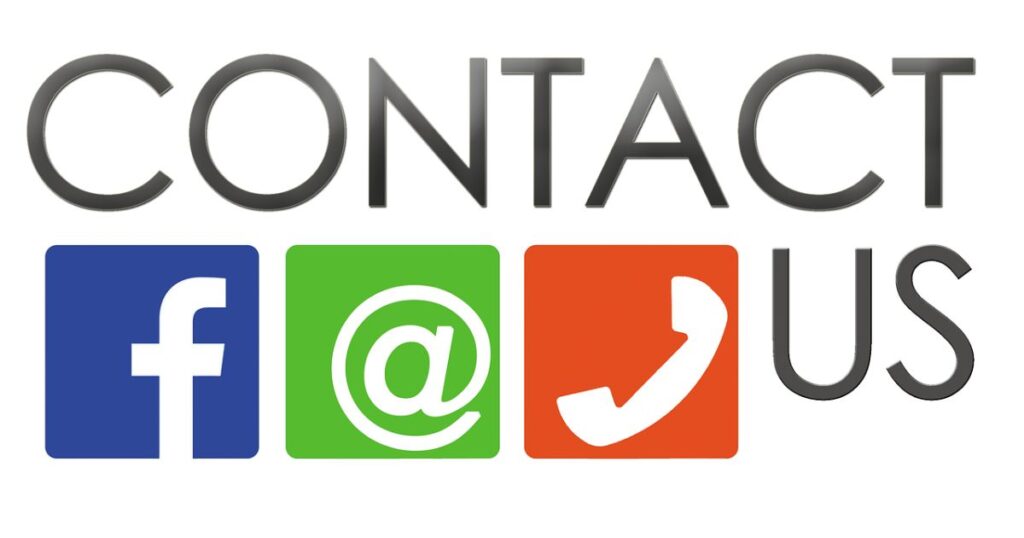Help Your Visitors Contact You
Following up on their recent report on About Us pages, Nielsen/Norman Group has now done a usability study on Contact Us pages. What these pages may lack in pizazz, they make up for in satisfying an important customer need and building trust for your site and organization.
Customers expect to find a dedicated Contact Us page, in addition to contact information that they may see in the header and footer of every page. At a minimum this page should include:
- Phone numbers, including at least one main number and any additional numbers (billing, customer service, etc.) that may be in use
- Main business address and branch addresses, if any
- Email address(es)
- Chat, if applicable
- Social media channels, if applicable
- Fax numbers, if applicable
Other information considered best practices on Contact Us pages include:
- Maps or links to maps for physical locations
- Hours of operation
- When you are available to receive incoming messages and an approximate response time
- Contact form
Where visitors expect to find Contact Us
Usability testing and eyetracking research show that the places that visitors look first are the upper right corner of the page, or in the footer. They also looked for the label Contact Us, so this is not the place to get cute with naming things. The Contact Us link should be at the top menu level, not buried in a sub menu.
You may have built your website in the first place to cut down on the number of phone calls you receive but don’t hide your phone number or try and force visitors into using email or forms. The majority of users in the N/NG study said they prefer talking to a real person on the phone to get questions answered, rather than emailing, filling out a form, or chatting.
The same is true for your company address. Home based or service area businesses may prefer not to show an address but they do so at the risk of lowered customer confidence. An added benefit to showing your address is improved local search optimization, when a city, state and zip code is recognized by search engines. Even a P.O. box is better than nothing at all.
A form is not enough
You should offer a contact form as an additional contact method, not as a replacement for phone or email. As the report notes:
People have concerns about committing to contact forms and see them as barriers to productivity. Users are also skeptical of forms since they’re often used to capture email addresses for marketing purposes. When users filled out contact forms, they felt like they were relinquishing control of the interaction to the company rather than retaining it themselves. They wondered when their inquiry would be addressed and whether it will ever be answered at all.
Nielson/Norman Group
If you do include a contact form, gather only the information necessary to respond to an inquiry. The more fields on a form, the less likely it is to be used. And it should go without saying that you never want to require an account in order to submit a simple inquiry form.
Chat and social media
If you include chat or social media as a method of contact, make sure that you can commit to monitoring it and responding promptly. Many people (including me) prefer using these methods to avoid phone trees and long holding times. However in a smaller business, where someone just picks up the phone, they are probably more trouble than they are worth.
Whatever contact methods you choose to offer, the objective is to give your customers a range of options for communicating with you. They will choose whatever they are most comfortable with.


